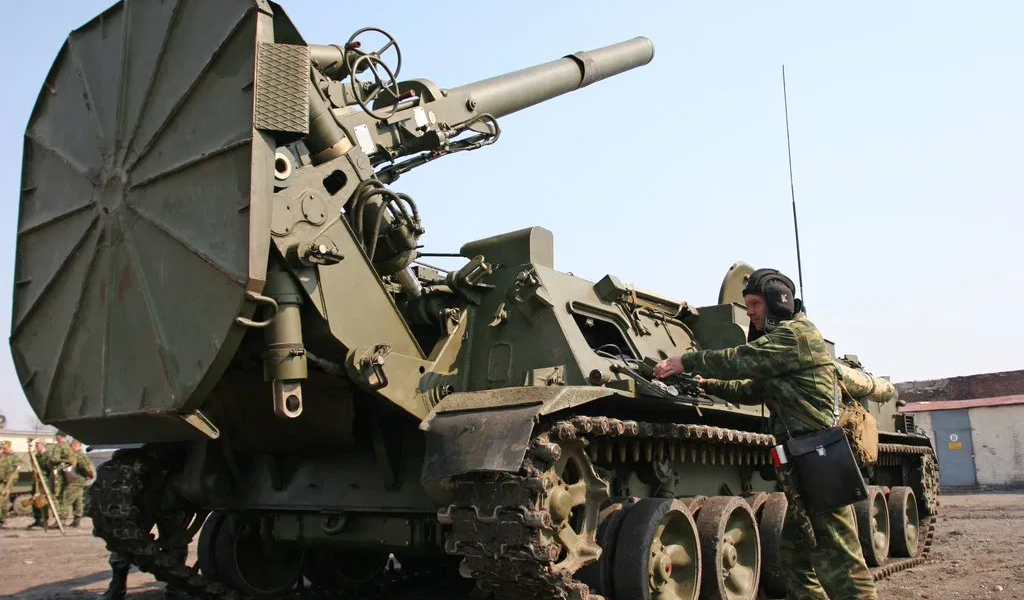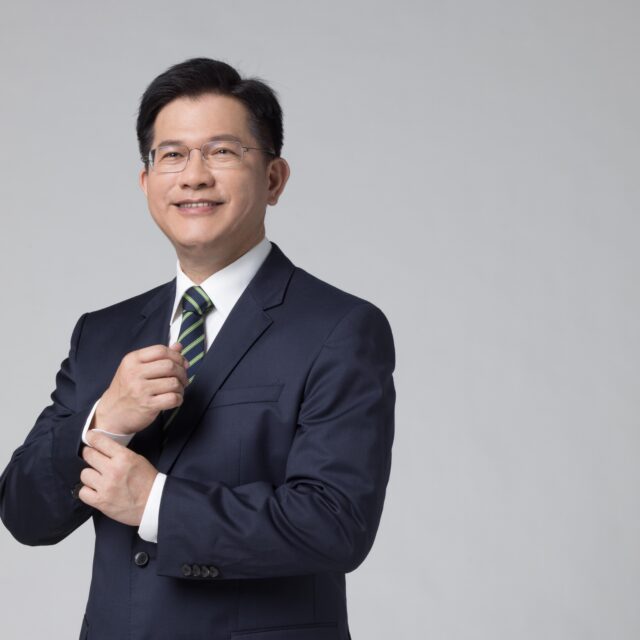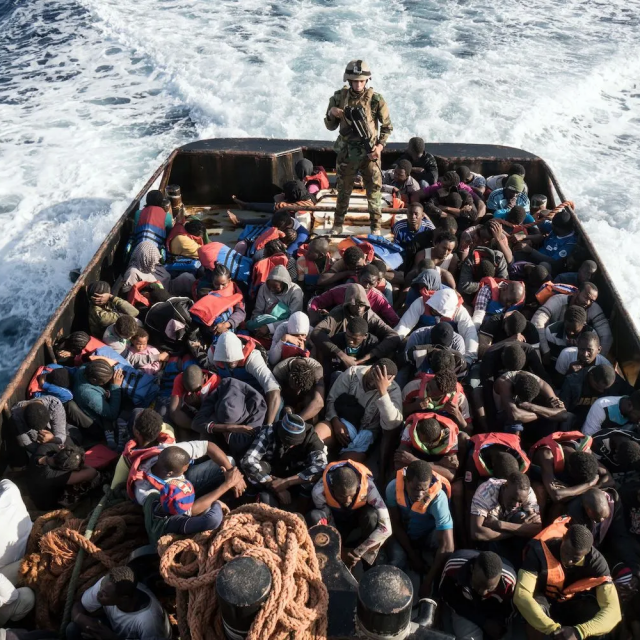The intensification of hostilities in the east of Ukraine, the transfer of additional heavy equipment and thousands of servicemen to the Rostov region by Russia have raised the spectre of the start of a major war in the Donbass again. Moscow is trying to show that it still retains a pseudo-dominant role in the post-Soviet space.
Russian federal TV channels have started preparing the public opinion of the “local people” by circulating news that it is time to forever resolve the issue of protecting the Russian-speaking population of Ukraine by waging a victorious war and capturing the southeastern regions. The hottest heads do not exclude the use of tactical nuclear weapons.
It is a fact that the Kremlin is openly transferring self-propelled artillery equipment, tanks, infantry fighting vehicles and trucks to Crimea and the Rostov region, and that 6,000 Russian military personnel are being deployed in the border regions. The United States, in turn, has also pulled up its forces in the direction of Ukraine.
Some Russian political scientists are already comparing the escalation in Donbass with the development of events in Karabakh before the war and are predicting another Cuban missile crisis.
The end of an already shaky truce was evidenced by the tenfold increase in the number of violations. The ceasefire was thwarted by both separatist republics, which even led to the death of a civilian child. The OSCE and Western countries are closely monitoring the movement of Russian troops.
In response, Kyiv is diverting its troops and heavy equipment to the border, including arms prohibited by the armistice agreement. The military security strategy approved by President Zelensky on March 25 included the scenario of starting full-scale hostilities with Russia, but Ukraine is unable to resist the Russian military machine on its own. Despite the reform, modernisation and re-equipment of its armed forces, Ukraine cannot defend against an invasion involving a full-scale war against Russia which has the largest land army in the world.
In characteristic calculating style, Putin empirically is measuring the Biden administration’s commitment to Ukraine’s independence. More precisely, he is assessing how far Washington can go, defending the interests of a state that has chosen its own vector of development and opposes the Kremlin’s revanchist policy. However, such checks are fraught with escalation of antagonism, which can develop into a full-fledged military conflict at any moment.
It should be remembered that the intensification of hostilities in Donbass occurred immediately after Putin’s telephone conversation with Macron and Merkel, during which they put forward a number of demands on the Navalny case, as well as the de-escalation of the situation in Syria, Libya and Donbass.
The Russian Defense Minister tried to lay the foundation for the aggravation of the situation on the Ukrainian-Russian front, by announcing a large-scale check of the combat readiness of the Russian army of all branches of the military in all military districts, in the Northern Fleet, Kuril Islands and Kamchatka. The first to react was the Russian ruble, falling to its lowest level in the last six months.
In fact, the real reason for the intensification of hostilities by the Kremlin-led separatist militias is based on several main components.
The first thing that makes Putin nervous is Moscow’s failure to impose on Kyiv any consistency in the implementation of the Minsk agreements, which maintained full Kremlin control over the breakaway regions. As a result, the negotiation process on Minsk-2 came to a deep impasse, indicating the need to develop and switch to a different format. The need to involve the United States and Great Britain in the negotiations was discussed several years ago. This possibility has been resuscitated by the arrival of US President Biden, who has made it clear that he was going to radically change the White House’s policy towards Eastern Europe as a whole. The formation of the Administration from “hawks” in this very direction is a direct confirmation of this. All this will mean a change in the rules of the game and an increase in the risks for the Russian Federation.
The second significant blow to Putin’s position in Ukraine was the sanctions against the Ukrainian opposition politician Medvedchuk, who, thanks to his almost kinship ties with the Russian president, is included in his circle of close contacts and is automatically the representative of his interests. It is no coincidence that these sanctions were introduced simultaneously with the trial of Navalny, and on the eve of new EU and US restrictions against Russian officials. Until now, the Kyiv authorities have tacitly allowed Medvedchuk to be not only in open opposition, but in fact to pursue his own policy, fully coordinated with the Kremlin. But the situation has changed dramatically, as a result of which the sanctions against the “crony of the Russian national leader” have become an addition to Western restrictions.
In general, the delay in the negotiation process within the framework of the Minsk format led to its breakdown, which clearly indicates the intention of the West to change the format and significantly increase the price of aggression for Russia.
It is possible that Putin’s “unfreezing” of the conflict in Donbass is not an attempt to mobilise the opinion of Russian society in anticipation of an appeal to the Federal Assembly and not a pursuit of an electoral rating, before the upcoming elections to the State Duma. Expert political pundits suggest that in today’s conditions, changing the message to the Upper Chamber of the Russian Parliament (Federalnoje Sobranie) from “full autonomy with development prospects” to a “call for mobilisation” and confinement in a “besieged fortress” will not have a positive result for the system. This means that unprecedented measures to tighten and conserve the regime will surely cause a reverse, most likely the aggressive reaction of Russian society.
Even Russian political analysts point out that a full-scale war with Ukraine is a very bad idea for a number of possible consequences. Victory at the cost of the death of hundreds of thousands of people on both sides means forever sowing enmity between nations, and burying the Putin regime itself under the pressure of the most hellish of international sanctions.
New aggression in Donbass will irreversibly lead to even more powerful Western sanctions against Russia and the assets of the Russian President’s inner circle. Such an alignment will negatively affect the carefully concealed but scrupulously planned transit of power and may direct it along an unpredictable and undesirable channel for Putin.
In the event that Putin unleashes a war in southeastern Ukraine, external pressure on Russia, above all sanctions, will become so strong that it will lead to a total internal elite confrontation that could change the Kremlin’s master according to a very different scenario than the currently carefully choreographed one. The transit of power might take place in the most dramatic and unpredictable way.




